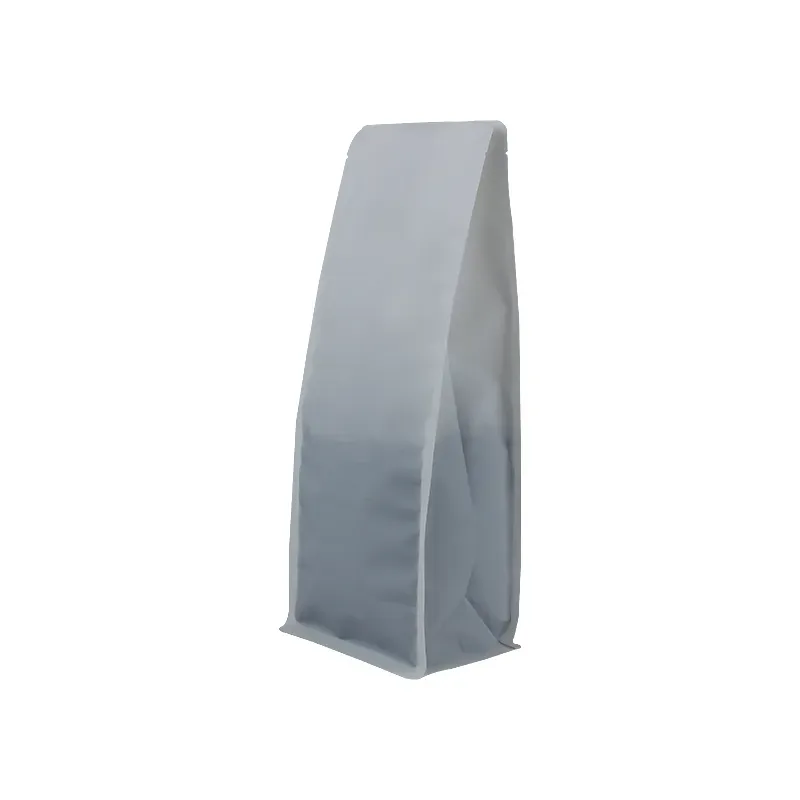- Afrikaans
- Albanian
- Amharic
- Arabic
- Armenian
- Azerbaijani
- Basque
- Belarusian
- Bengali
- Bosnian
- Bulgarian
- Catalan
- Cebuano
- chinese_simplified
- chinese_traditional
- Corsican
- Croatian
- Czech
- Danish
- Dutch
- English
- Esperanto
- Estonian
- Finnish
- French
- Frisian
- Galician
- Georgian
- German
- Greek
- Gujarati
- haitian_creole
- hausa
- hawaiian
- Hebrew
- Hindi
- Miao
- Hungarian
- Icelandic
- igbo
- Indonesian
- irish
- Italian
- Japanese
- Javanese
- Kannada
- kazakh
- Khmer
- Rwandese
- Korean
- Kurdish
- Kyrgyz
- Lao
- Latin
- Latvian
- Lithuanian
- Luxembourgish
- Macedonian
- Malgashi
- Malay
- Malayalam
- Maltese
- Maori
- Marathi
- Mongolian
- Myanmar
- Nepali
- Norwegian
- Norwegian
- Occitan
- Pashto
- Persian
- Polish
- Portuguese
- Punjabi
- Romanian
- Russian
- Samoan
- scottish-gaelic
- Serbian
- Sesotho
- Shona
- Sindhi
- Sinhala
- Slovak
- Slovenian
- Somali
- Spanish
- Sundanese
- Swahili
- Swedish
- Tagalog
- Tajik
- Tamil
- Tatar
- Telugu
- Thai
- Turkish
- Turkmen
- Ukrainian
- Urdu
- Uighur
- Uzbek
- Vietnamese
- Welsh
- Bantu
- Yiddish
- Yoruba
- Zulu
Understanding the Differences Between Cold Foil and Hot Foil Techniques in Printing
Cold Foil vs. Hot Foil Understanding the Differences and Applications in Printing
In the world of printing and packaging, the use of foil has become increasingly popular for enhancing the visual appeal and overall impact of products. Two primary techniques for applying foil are cold foil and hot foil stamping. While they may appear similar at first glance, each method possesses distinct characteristics, advantages, and specific applications that can significantly influence the final product. This article aims to delve into the nuances of cold foil and hot foil, helping print professionals and businesses make informed choices.
Understanding the Techniques
Hot Foil Stamping is a traditional method that involves transferring foil onto a substrate using heat and pressure. This technique requires a heated die, which is pressed against the foil and the substrate. The heat activates an adhesive layer on the foil, causing it to adhere to the surface of the material. Hot foil stamping allows for vibrant colors, intricate designs, and a wide variety of foil types, including metallic and holographic options. It is commonly used on high-end packaging, luxury products, and promotional materials, wherein striking visual appeal is paramount.
On the other hand, Cold Foil Printing utilizes a different approach. Instead of applying heat, cold foil relies on a special adhesive that is printed onto the substrate in a designated area. The cold foil is then applied to this adhesive layer, sticking to it as it dries. This technique can be integrated into standard printing processes, such as offset printing, making it more versatile and cost-effective for certain applications. Cold foil allows for faster production times and greater flexibility in printing, as it frees printers from the constraints of heat-sensitive substrates.
Advantages and Disadvantages
One of the primary advantages of hot foil stamping is its ability to produce exceptionally vibrant and eye-catching designs. The heat and pressure ensure a strong bond between the foil and the substrate, resulting in a durable finish that can withstand wear and tear. However, this technique does have some limitations. It often requires longer lead times due to the need for custom dies, and it can be less cost-effective for smaller print runs because of the associated setup and material costs.
cold foil vs hot foil

Cold foil, in contrast, offers several benefits that make it appealing for a variety of applications. The ability to print directly onto a substrate means that cold foil can be used alongside other printing processes without the need for extensive setup. This flexibility allows for quicker turnaround times, making it ideal for businesses with tight deadlines or those producing smaller quantities. Additionally, cold foil can be applied to a broader range of substrates, including those that would warp or melt under heat, further enhancing its versatility.
However, cold foil is not without its drawbacks. The adhesive used in the cold foil process can sometimes lead to a less vibrant appearance compared to the bold and shiny finish achieved through hot foil stamping. Furthermore, achieving fine details and intricate patterns may be more challenging with cold foil, as the precision of the foil adhesion can depend heavily on the quality of the adhesive and the printing process.
Applications and Use Cases
When deciding between cold foil and hot foil, the intended application plays a vital role. Hot foil stamping is often favored for premium packaging, such as cosmetics and high-end liquor bottles, where visual impact and tactile experience are paramount. The luxurious feel of a hot-stamped logo or embellishment can significantly elevate a product's perception and desirability among consumers.
Conversely, cold foil is commonly used in high-volume printing tasks, such as labels, commercial packaging, and promotional materials. It is particularly advantageous for projects requiring quick turnaround times and cost efficiencies. For example, cold foil allows companies to incorporate foiling into their designs without the added expense and time associated with die creation.
Conclusion
In conclusion, both cold foil and hot foil stamping offer unique advantages that cater to different printing needs. Understanding the differences between these techniques enables businesses to choose the right method based on their specific goals and requirements. Whether seeking the luxurious finish of hot foil or the efficiency and versatility of cold foil, the right choice can enhance a product's appeal and ultimately contribute to its success in a competitive market.













